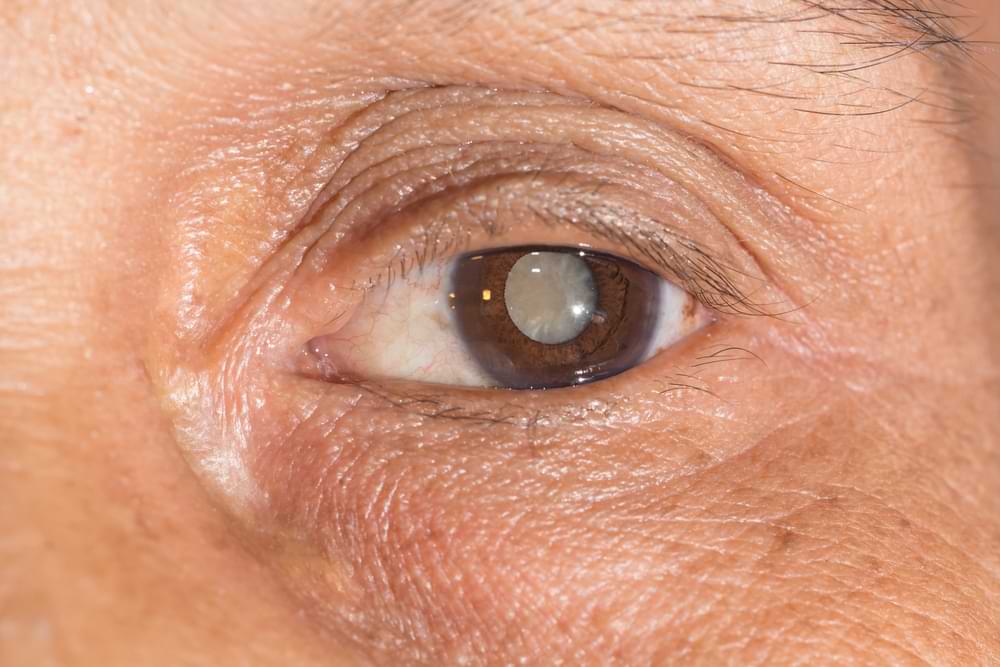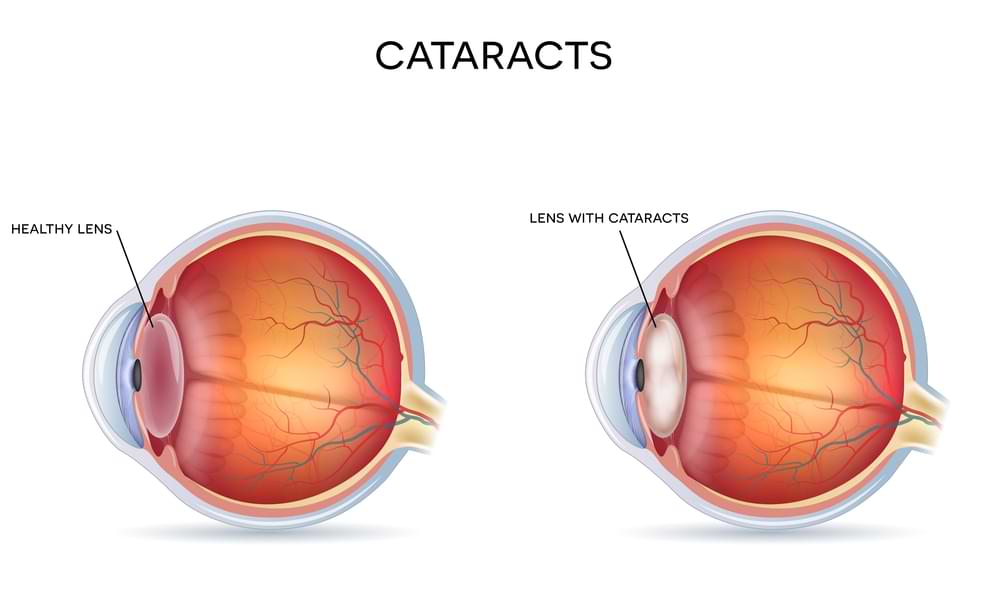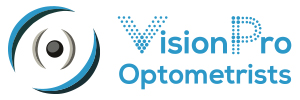Banish Cataracts: Latest Treatments That Are Restoring Vision

Cataracts are a condition that I often describe to my patients as a fogging of the lens in their eyes, which leads to a decrease in vision. Imagine looking through a frosty or fogged-up window; that’s how the world begins to appear. This isn’t just a minor inconvenience; it can significantly impact daily life, making activities like reading, driving, and even recognizing faces challenging. It’s a condition that significantly affects about a quarter of a million Australians.
There’s a common misconception that cataracts are a problem only the elderly face. However, in my practice, I’ve seen that they can develop at any age for a variety of reasons, including genetic factors, environmental exposure, or as a consequence of other health conditions. It’s crucial to understand that everyone is at risk, and vigilance is key to early detection.
I’m Minh Van Tran, the principal optometrist behind VisionPro, where we take pride in our commitment to eye health.
One of the most gratifying aspects of my work is seeing the tangible difference we can make in someone’s life. I recall an elderly man who came to us with significantly impaired vision due to cataracts. He felt as though their independence was slipping away. After a thorough assessment and setting out a personalized cataract management plan, we were able to restore his vision.
If you’re experiencing changes in your vision or it’s been a while since your last eye check, I invite you to book an appointment with us at VisionPro. Together, we can discuss your vision health, explore treatment options if necessary, and ensure that your eyes are taken care of.
Remember, taking action early can make all the difference.
However, if you’d just like to learn more about cataracts and how they can affect your well-being, keep reading!

Understanding Cataracts
Cataracts form when the clear lens inside our eyes, vital for focusing light and producing sharp images, begins to cloud. The changes are usually due to the lens’s proteins clumping together, a part of the natural aging process but can also result from other factors.
Common symptoms include the following:
- Blurred or Dim Vision: The clarity of sight diminishes, making images appear out of focus or foggy.
- Difficulty Seeing at Night: A notable decrease in night vision, making it hard to see in low light conditions.
- Sensitivity to Light and Glare: Bright lights become overwhelming, causing discomfort or making it hard to see.
- Seeing “Halos” Around Lights: Lights may appear to have circles around them, affecting vision in dark or bright environments.
- Frequent Changes in Eyeglass or Contact Lens Prescription: A need to frequently update prescriptions as vision changes.
- Fading or Yellowing of Colors: Colors may not appear as bright or vivid as they once did, often looking dull or yellowed.
- Double Vision in a Single Eye: An unusual symptom where a single eye sees two images of a single object.
Several factors increase the risk of developing cataracts, including the following:
- Aging: The primary risk factor, as the likelihood increases with age.
- Diabetes: Increases the risk due to changes in the eye’s metabolism.
- Excessive Sunlight Exposure: UV radiation can damage the lens over time.
- Smoking: Contributes to oxidative stress, accelerating lens clouding.
- Obesity: Linked to increased risk due to metabolic stress on the body.
- High Blood Pressure: Can affect the blood vessels in the eyes, leading to cataracts.
- Previous Eye Injury or Inflammation: Damage or inflammation can lead to cataract formation.
- Prolonged Use of Corticosteroid Medications: Some medications can increase the risk of cataracts.
- Excessive Alcohol Consumption: Linked to a higher risk of developing cataracts.
The Importance of Early Detection
Understanding the importance of early detection of cataracts is very important. Regular eye exams are not merely a routine; they are a critical component in safeguarding your vision health. These exams allow for the early identification of cataracts, often before symptoms become noticeable to you. Early detection means we can monitor your vision closely and plan any necessary treatments at the right time, potentially preserving or even improving your sight.
At VisionPro, our approach combines the latest in eye care technology with a personal touch. We conduct thorough eye examinations that include a review of your vision history, visual acuity measurements, and a detailed assessment of your eye’s lens using specialized equipment. This allows us to observe the earliest signs of lens clouding or other changes indicative of cataracts. Our aim is to catch any issues early, providing our patients with the best possible outcome for their eye health and vision quality.
Advanced Cataract Treatment Options
Cataract surgery has seen remarkable advancements, transitioning from traditional methods to more precise, modern techniques. Today, laser-assisted cataract surgery offers a higher level of accuracy, reducing the risk of complications and promoting faster recovery. This method uses a laser to make incisions and soften the cataract for removal, enhancing precision at every step.
Choosing the right intraocular lens (IOL) after cataract surgery significantly influences the quality of your vision. Monofocal IOLs, for instance, are designed to offer clear vision at one specific distance. They are typically optimized for distance vision, which means you may still need glasses for reading or other close-up activities. This option is ideal for those who don’t mind wearing glasses for near tasks but wish to have excellent distance vision without dependence on corrective lenses.
Multifocal IOLs, on the other hand, aim to provide a more versatile range of vision. By allowing for clear sight at multiple distances, these lenses cater to a more active lifestyle, potentially freeing you from the need for glasses or contacts altogether. They’re particularly beneficial for patients who wish to enjoy the convenience of seeing well at both near and far distances, whether it’s looking at a road sign or reading a text message.
Toric IOLs are specifically designed for individuals with astigmatism. By correcting the irregular curvature of the eye, these lenses offer a solution that sharpens vision, addressing the distortions caused by astigmatism. For patients who have struggled with this condition, toric IOLs can be a game-changer, providing clearer, more focused vision post-surgery.
Each type of IOL offers unique benefits, tailored to meet different visual needs and lifestyles. The decision involves considering your daily activities, vision preferences, and the specific recommendations of your eye care professional. This personalized approach ensures that the chosen IOL enhances your vision in a way that aligns with your life, offering a significant improvement in the quality of your post-cataract surgery vision.
If you would like to know more about the cataract surgery process, watch the following video from the American Academy of Ophthalmology.
Customizing Your Treatment and Post-Surgery Recovery
At VisionPro, we pride ourselves on creating personalized treatment plans for each patient. This begins with a comprehensive evaluation of your vision and eye health, considering your lifestyle, preferences, and specific needs. Based on this assessment, we collaborate with you to decide on the most suitable lens type for your cataract surgery. Whether it’s a monofocal lens for clear distance vision, a multifocal lens to reduce the dependency on glasses, or a toric lens to correct astigmatism, our goal is to enhance your vision in a way that best suits your daily life and activities. This tailored approach ensures that your treatment plan is as unique as you are, aiming for the best possible outcomes and satisfaction with your vision correction.
After cataract surgery, patients can generally expect a straightforward recovery period, with many noticing improvements in their vision almost immediately. However, complete healing takes some time, and it’s normal to experience mild discomfort, light sensitivity, or fluidity in vision as the eye heals. To ensure a successful recovery, it’s important to follow post-operative care instructions closely. These typically include using prescribed eye drops to prevent infection, avoiding strenuous activities that could strain the eyes, and attending follow-up appointments to monitor healing. By adhering to these guidelines, patients can support their recovery and enjoy the full benefits of their surgery.
Frequently Asked Questions
What is best treatment for cataract?
The best treatment for cataracts is surgery, where the clouded lens is replaced with a clear artificial lens.
How do you stop cataracts from growing?
To slow the progression, protect your eyes from UV light with sunglasses, maintain a healthy lifestyle, and manage health conditions like diabetes.
What makes cataracts worse?
Factors that can worsen cataracts include smoking, excessive alcohol consumption, and prolonged exposure to sunlight.
Is there a way to fix cataracts without surgery?
Currently, there’s no non-surgical treatment proven to fix cataracts; surgery remains the most effective way to restore vision affected by cataracts.
Conclusion
In this article we’ve underscored the pivotal role of early detection and the advancements in cataract treatment, demonstrating how modern procedures have become safer, more precise, and highly effective.
At VisionPro, we are dedicated to leveraging these advancements to ensure you receive the most advanced care available. We understand that the prospect of eye surgery can be daunting, but rest assured, our expertise and the latest technologies make cataract treatment safer and more effective than ever before.
If you’re experiencing vision changes or have concerns about cataracts, I encourage you to reach out to us.
Scheduling an eye exam appointment is the first step to restoring or maintaining quality of life.
Click on the “BOOK AN APPOINTMENT” button OR call either our St. Albans (03) 9364 5509 or Footscray (03) 9687 8787 optometry practices.

Minh gained his Bachelor of Optometry in 2000, and his Certificate in Ocular Therapeutics (ACO) in 2016.
He started VisionPro Optometrists in 2008 and has been Principal Optometrist ever since, working in both the Footscray and the St Albans practices.
Minh is a member of Optometrist Association Australia and the ACO. He always strives to achieve the highest standard of professionalism when delivering eyecare to all his patients.
Minh’s special areas of interest include ocular diseases and management, children’s vision and contact lens fitting. Minh enjoys travelling and reading in his spare time.
